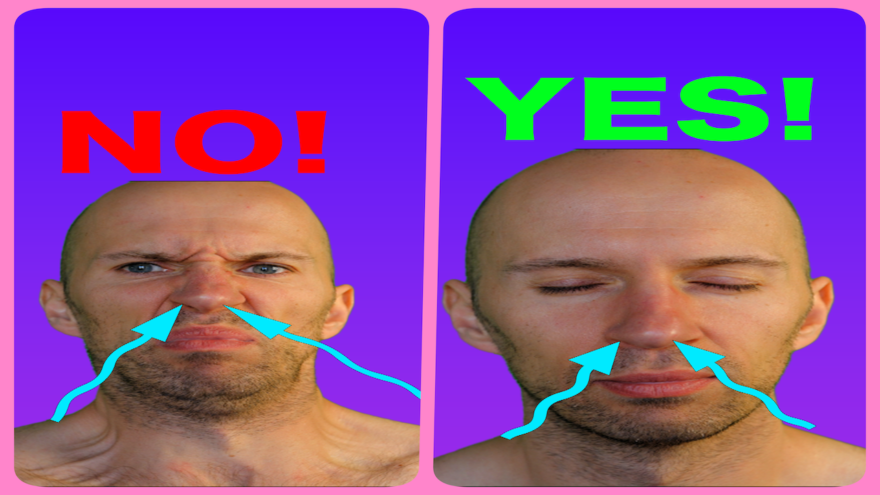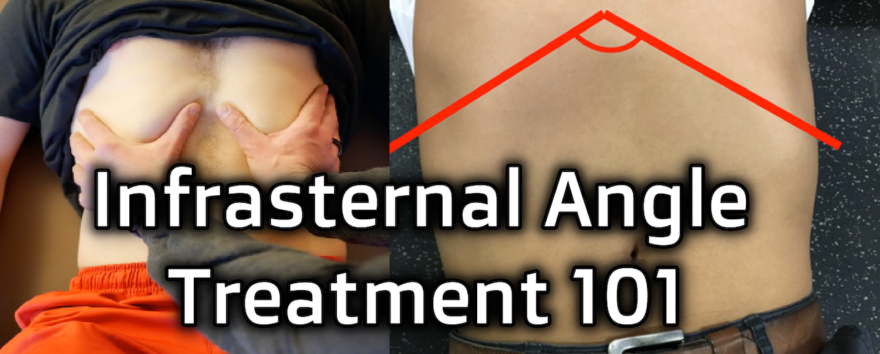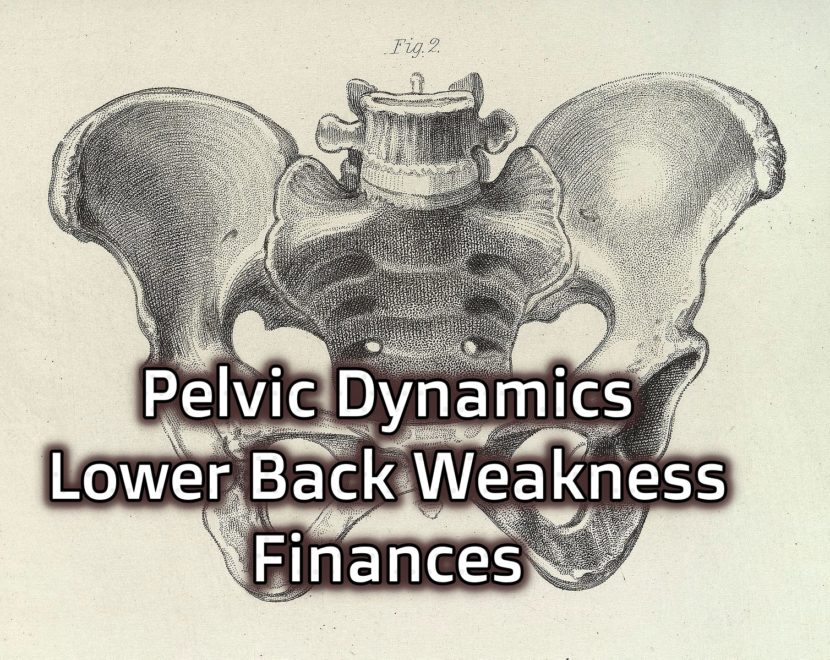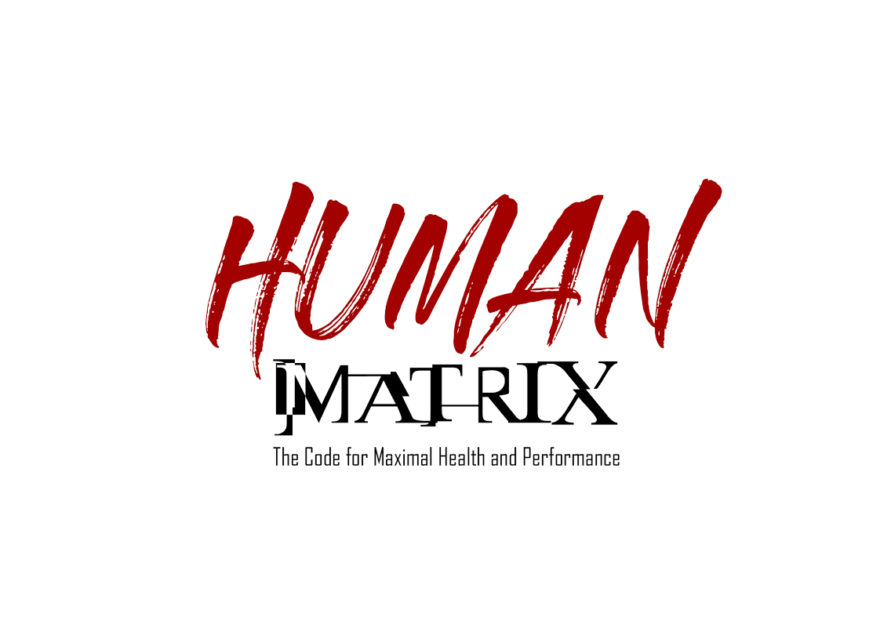Movement Debrief Episode 63 is in the books. Below is a copy of the video for your viewing pleasure, and audio if you can’t stand looking at me. Here is the set list: How should the ribcage move during normal respiratory mechanics? How should the abdominal wall expand during normal respiratory mechanics? How should breathing during variability-based activities be coached? What are normal compensatory thoracic spine presentations with narrow and wide infrasternal angles? How can someone present with different thoracic spine orientations despite these “normal” strategies? What can you do to improve thoracic spine mobility in these cases? Is it safe to load compensatory movement strategies? If you want to watch these live, add me on Facebook or Instagram. They air every Wednesday at 7pm CST. Enjoy! and the audio version… Here were the links I mentioned: Check out Human Matrix promo video below Below are some testimonials for the class Want to sign up? Click on the following locations below: Kansas City, KS on October 27-28th Portland, OR on November 10-11 December 8th-9th, Charleston, SC (early bird ends November 11th) February 2nd-3rd, 2019, New Providence, NJ (early bird ends January 4th) Want to get a handout that explains normal respiratory mechanics? Click here, you’ll see pictures of the ribcage mechanics I mentioned Here is a link to the infrasternal angle debriefs Here is a link to the pumphandle debrief. Here’s a signup for my newsletter to get nearly 3 hours and 50 pages
Read More





